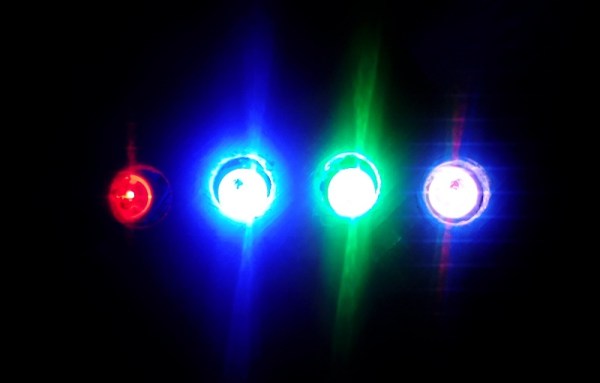One of the worst things about your average modern keyboards is that they have a tendency to slide around on the desk. And why wouldn’t they? They’re just membrane keyboards encased in cheap, thin plastic. Good for portability, bad for actually typing once you get wherever you’re going.
When [ipee9932cd] last built a keyboard, finding the right case was crucial. And it never happened. [ipee9932cd] did what any of us would do and made a custom case out of the heaviest, most widely available casting material: concrete.
To start, [ipee9932cd] made a form out of melamine and poured 12 pounds of concrete over a foam rectangle that represents the keyboard. The edges of the form were caulked so that the case edges would come out round. Here’s the super clever part: adding a couple of LEGO blocks to make space for the USB cable and reset switch. After the concrete cured, it was sanded up to 20,000 grit and sealed to keep out sweat and Mountain Dew Code Red. We can’t imagine that it’s very comfortable to use, but it does look to be cool on the wrists. Check out the gallery after the break.
Concrete is quite the versatile building material. We’ve seen many applications for it from the turntable to the coffee table to the lathe.
Continue reading “Custom Keyboard Makes The Case For Concrete”





















